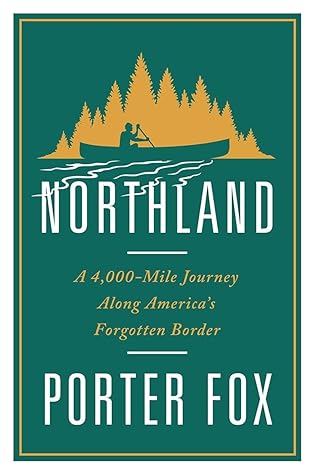They retreated farther north and, the same month that Crazy Horse and nine hundred Sioux tribal members surrendered at Camp Robinson, Sitting Bull crossed into Saskatchewan over what Indians had begun to call the “Medicine Line.”
The winter of 1876 was severe, with fierce wind and temperatures dipping to minus thirty. Miles outfitted his men with buffalo robes, mittens, and face masks cut from wool blankets. Sitting Bull went largely undetected, but freezing temperatures and a lack of game weakened the tribe. They retreated farther north and, the same month that Crazy Horse and nine hundred Sioux tribal members surrendered at Camp Robinson, Sitting Bull crossed into Saskatchewan over what Indians had begun to call the “Medicine Line.”
The “strong medicine” of the forty-ninth parallel stopped US forces in their tracks, allowing Indians a measure of peace to the north. American officers wouldn’t have thought twice about pursuing an enemy across the US-Canada border twenty years earlier. But cross-border bootlegging skirmishes in the 1860s had alerted Canadians to the porous and dangerous state of their southern boundary. After Britain granted Canada dominion status in 1867, and the line along the forty-ninth was marked in 1873, Canadians and their North-West Mounted Police let it be known that the border was real.


